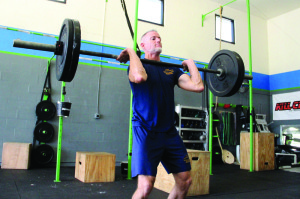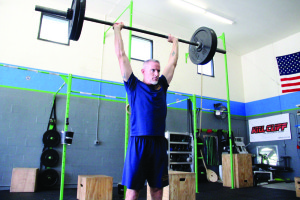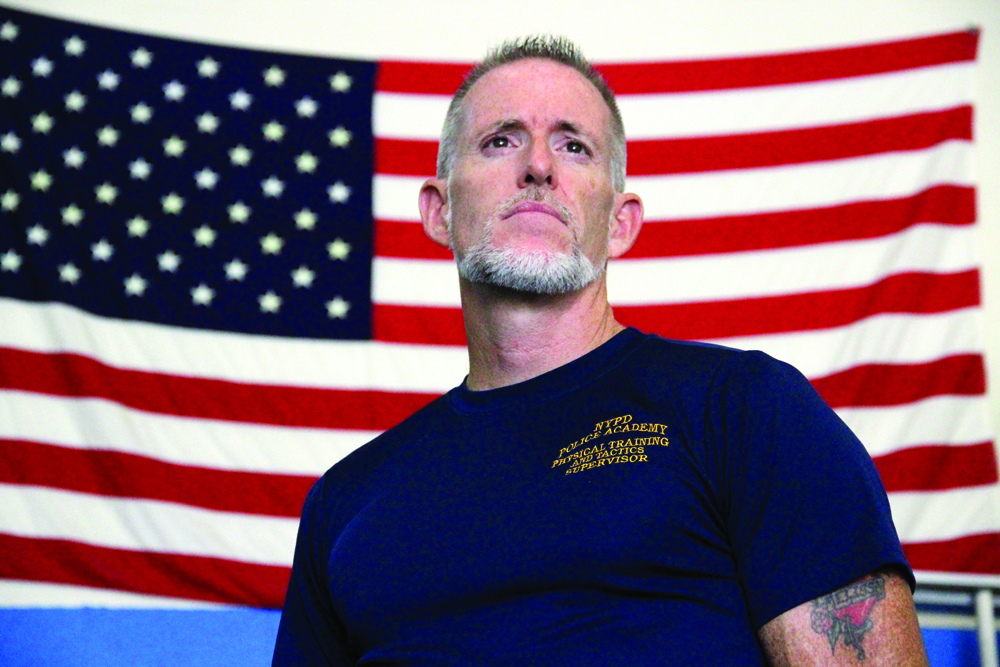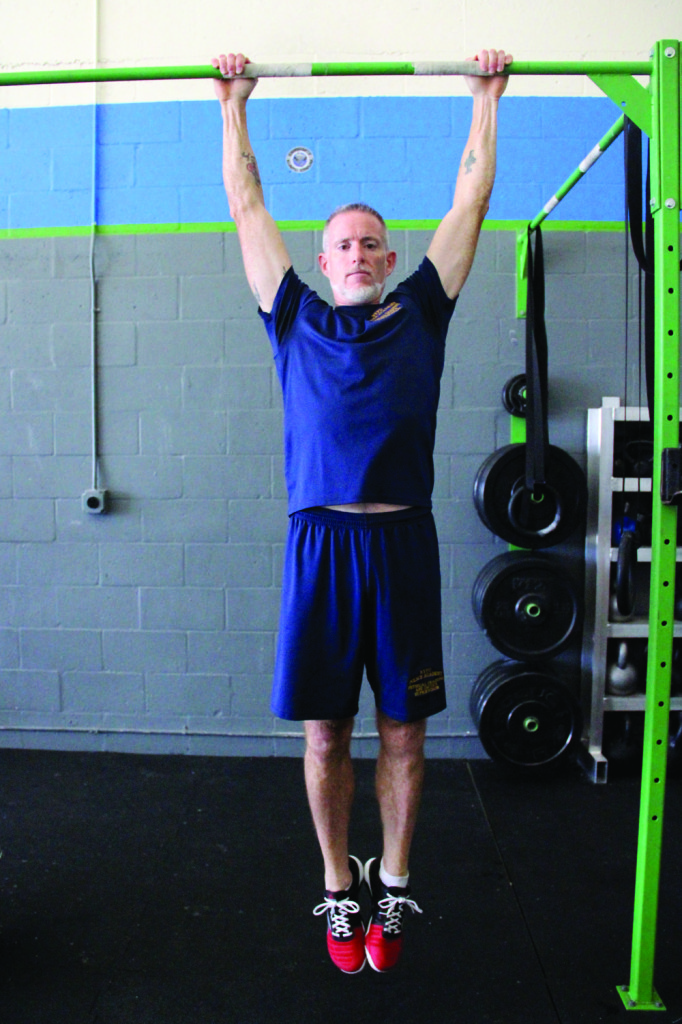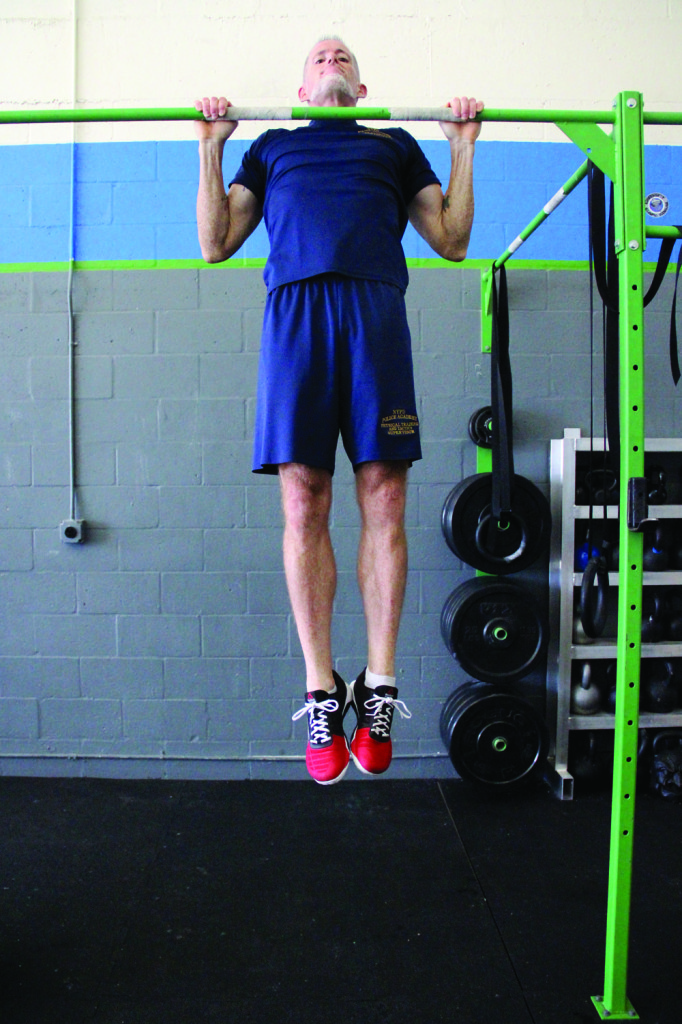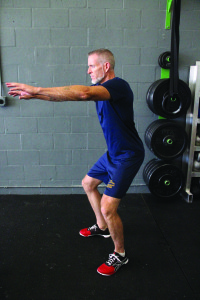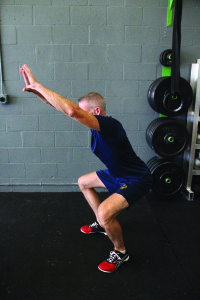This super-hard, superhero WOD honors all the lives lost in 2001.
Hero WODs (workouts of the day) are a cornerstone of CrossFit. Named for members of the military and first responders who died in the line of duty, they are meant to be tough, reflecting the sacrifice these people made for our country.
Retired New York Police Department (NYPD) officer and CrossFit Cape Coral coach James Meers loved the Hero WODs, but noticed something strange: There were no workouts for those who died on 9/11.
So in 2012, Meers submitted to CrossFit headquarters a WOD he named “Heroes of 9/11: Gone But Not Forgotten.” It wasn’t accepted, because all hero WODs are named after a person who was a known CrossFitter. In 2001, CrossFit was in its infancy and according to CrossFit headquarters, none of those who perished on 9-11 were CrossFit athletes.
Luckily that rule doesn’t apply for workouts featured in Fit Nation.
“It’s named for event which is the reason that we have these hero WODs,” says Meers. “I was in the NYPD on Sept. 11—I was a patrol sergeant in Brooklyn.” Meers helped guard the Brooklyn Bridge and also was dispatched many times to Manhattan to keep people out of Ground Zero.
By any standards, this is a tough workout. Meers suggests doing it on an unhurried Saturday or breaking it down and doing it as a team. “Its about the effort. Because everyone on September 11 was working as a team,” he says. For the experienced Crossfitter, Meers says it’s roughly equivalent to the Murph. “It might look harder on paper, but it isn’t.”
The Workout:
Run two miles. Stephen Siller was a New York firefighter just getting off duty when the first plane hit the Twin Towers. Unable to drive into Manhattan, he put on all of his firefighting gear and ran the two miles from Brooklyn to ground zero where he died in the rescue effort.
23 strict pull-ups. The reps are to honor the 23 NYPD officers who died on Sept. 11. Strict means no kipping—or swinging—to reach the bar. Scale using bands or an assisted pull-up machine as necessary. Though usually CrossFit favors kipping pull-ups, Meers says he chose strict because that is the way NYPD officers are tested.
343 air squats. There were 343 New York firefighters who died that day, dwarfing the sacrifice of any other emergency service. The air squat represents the stairs they had to climb in an attempt to rescue those trapped inside. “One firefighter made it to the 80th floor with his gear on before the tower came down.” An average firefighter’s gear weighs between 45 and 65 pounds.
37 push presses, using a 110-pound bar. Thirty-seven New York Port Authority police officers died that day too. “[Those officers] had the weight of the tower on the shoulders,” says Meers. The push press is an overhead press. Start with the bar at your shoulders. Dip at the knees and then extend knees and hips as you press the weight up. Use your hips to propel the weight overhead. Scale the weight down as needed.
